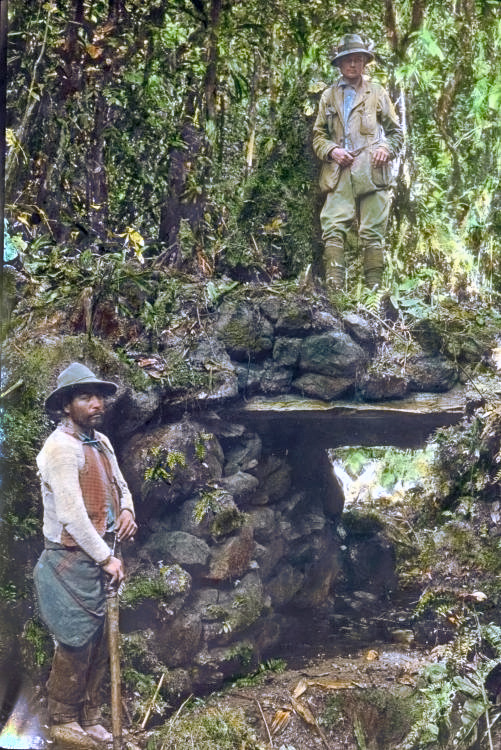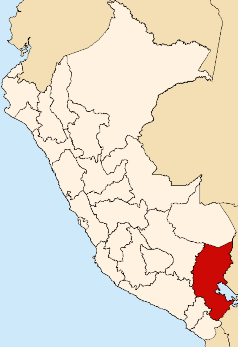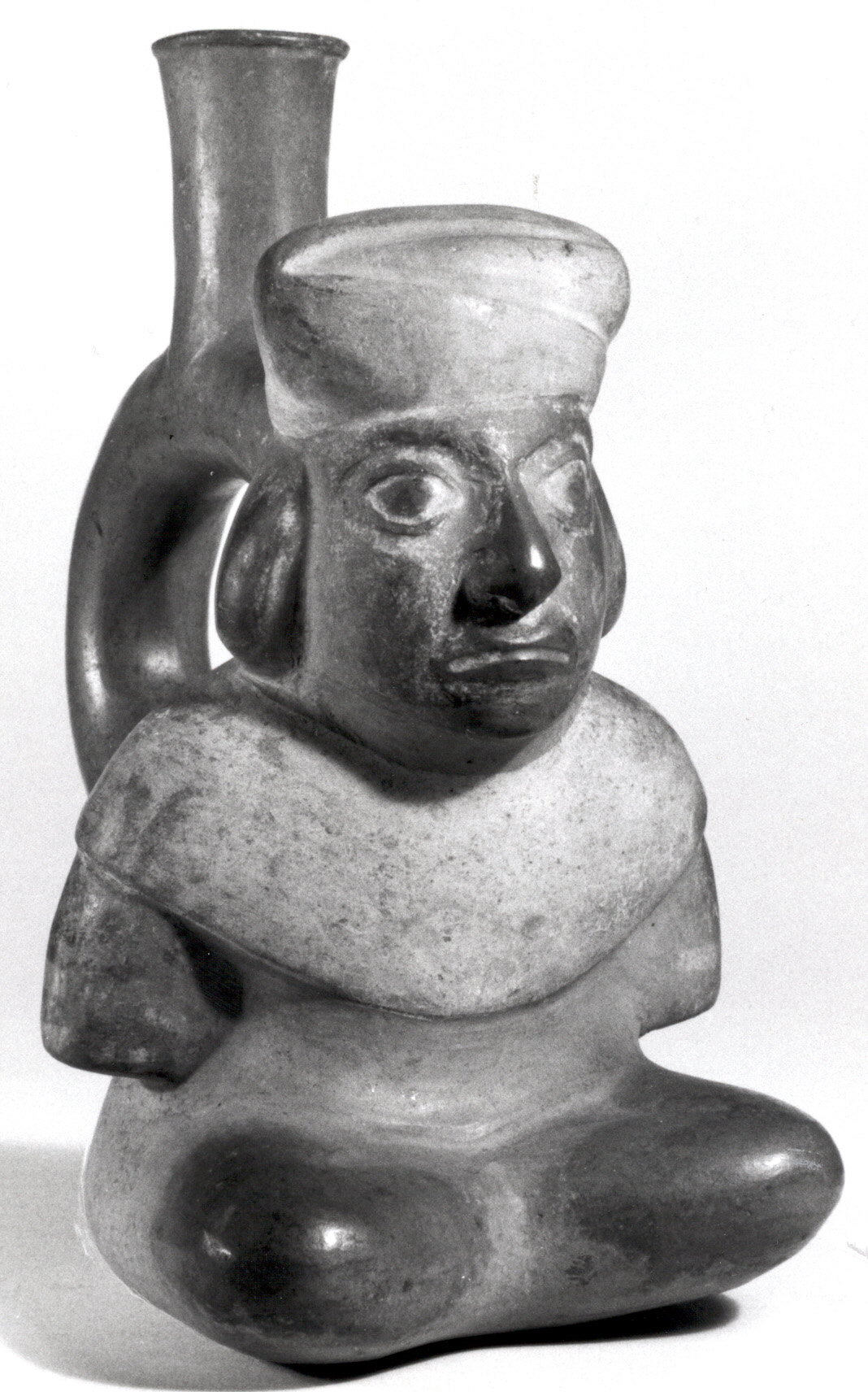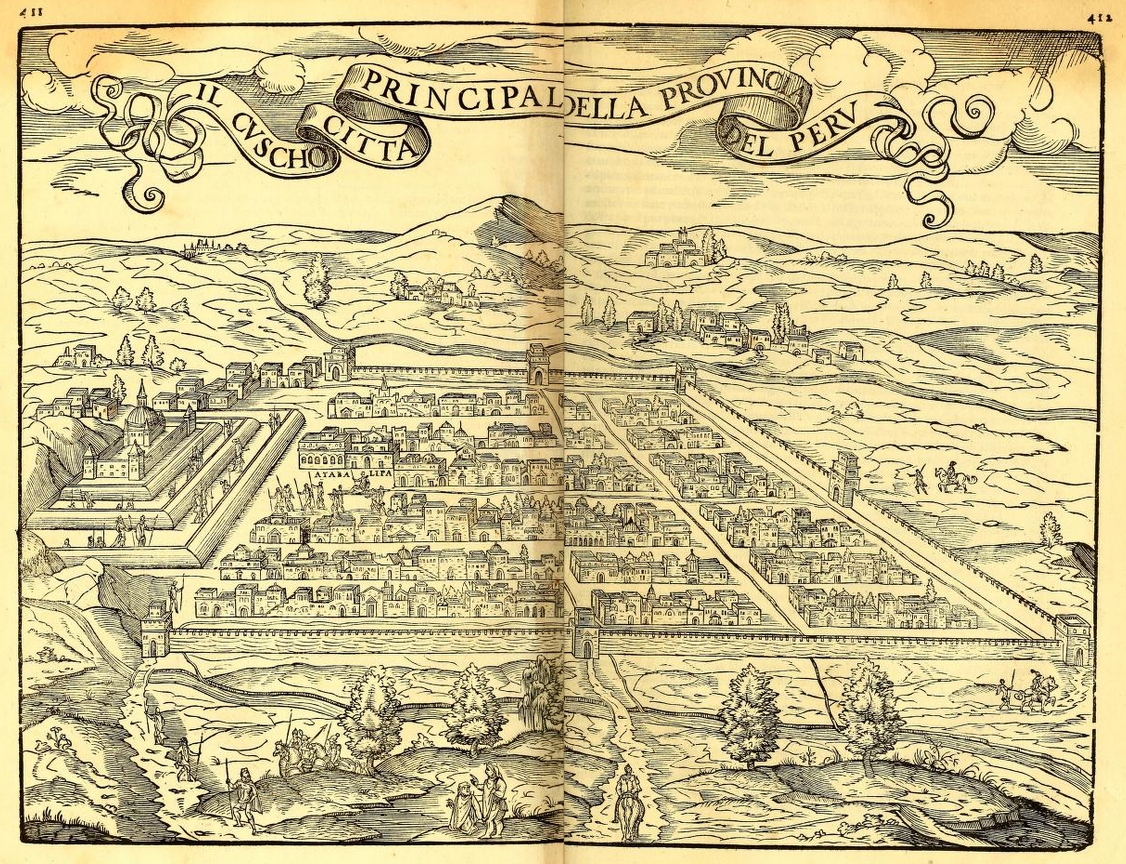Time Periods
Paleolithic
Mesolithic
Neolithic
Chalcolithic
Bronze Age
Iron Age
Classical Period
Post-Classical Period
Early Modern Period
Industrial Period
Contemporary Period
Time Periods
Paleolithic
Mesolithic
Neolithic
Chalcolithic
Bronze Age
Iron Age
Classical Period
Post-Classical Period
Early Modern Period
Industrial Period
Contemporary Period
Location
About
Vilcabamba, also known as Espíritu Pampa, is an archaeological site in the Cuzco Region of Peru, significant as the last stronghold of the Neo-Inca State. The site is characterized by its location in the rugged terrain of the Andes and Amazon Basin, and includes structures such as houses and terraces, indicative of Inca habitation. The site was occupied by the Inca from around 1450 CE and served as the capital of the Neo-Inca State from 1539 CE until its fall to the Spanish in 1572 CE. This site illustrates the last phase of Inca resistance against Spanish conquest, and its rediscovery has provided insights into Inca architecture and their adaptation to remote jungle environments.
Gallery
Explore photographs of ancient structures, artifacts, and archaeological excavations at Vilcabamba, Peru



Archaeological Features
Explore the unique architectural and cultural elements found at this historical site
Burial and Funerary Structures
Agricultural and Land Use Features
Domestic and Habitation Structures
Transportation and Communication Structures
Historical Timeline
Journey through time and discover key events in this site's archaeological history
Plan Your Visit
Details
- Country
- Peru
- Source
- Wikipedia
More Sites in Peru

Khapia
Mountain with prehispanic archaeological site

Cutimbo
Stone tombs and cave paintings site

Miculla petroglyphs
Low relief carvings depicting ancient activities.
Mameria
Incan coca plantations in high-altitude jungle

Tunanmarca
Hilltop archaeological site with ancient structures

Cusco
Ancient Inca city with complex architecture